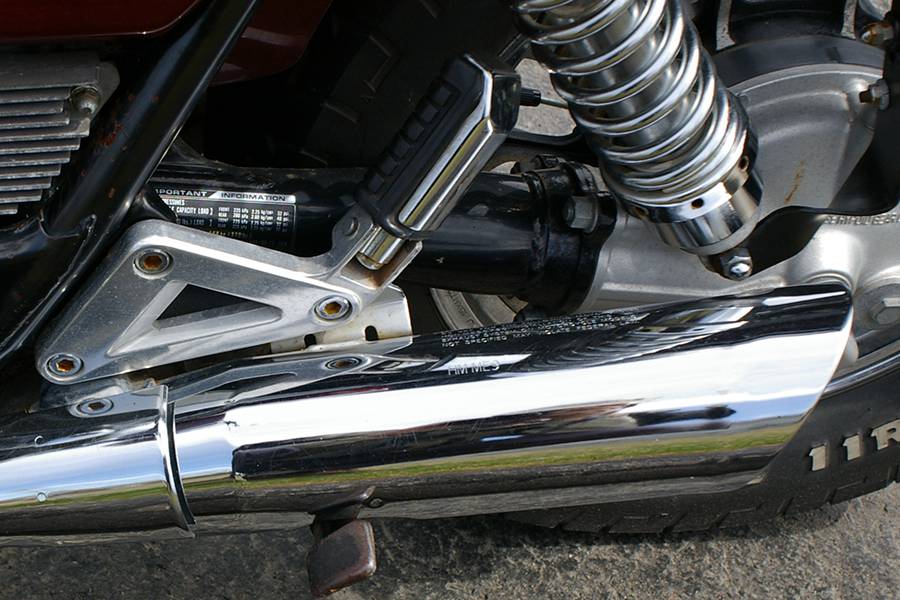The Motorcycle Exhaust system is an integral part of any bike, playing a pivotal role in its performance and operation. Beyond its function as a mere outlet for exhaust gases, it serves several critical functions that impact a motorcycle's performance, sound, and environmental impact. In this article, we will explore the multifaceted functionality of motorcycle exhaust systems.
1. Gas Disposal:
At its core, the primary function of a motorcycle exhaust system is to expel exhaust gases produced during the combustion process in the engine. These gases, including carbon dioxide, carbon monoxide, and unburned hydrocarbons, must be safely directed away from the rider and the bike.
2. Noise Reduction:
Motorcycle exhaust systems play a crucial role in reducing the noise generated by the engine's combustion process. The system includes a muffler, also known as a silencer, which is designed to dampen the sound produced by the high-pressure gases escaping the engine. This noise reduction not only benefits the rider but also helps maintain acceptable noise levels in communities.

3. Engine Performance:
The design and components of the exhaust system have a direct impact on a motorcycle's engine performance. An efficient exhaust system enhances the engine's ability to expel exhaust gases, improving combustion efficiency and power output. High-performance exhaust systems can significantly boost a motorcycle's horsepower and torque.
4. Back Pressure Regulation:
Exhaust systems are engineered to maintain a balance of back pressure in the engine. Proper back pressure is essential for optimizing engine performance. If it's too high or too low, it can hinder the engine's ability to expel gases efficiently and can negatively affect performance.
5. Emissions Control:
Modern motorcycle exhaust systems are equipped with emission control devices, such as catalytic converters. These components help reduce harmful emissions and pollutants, making motorcycles more environmentally friendly and compliant with stringent emission standards.
6. Sound Characteristics:
The exhaust system contributes to a motorcycle's unique sound profile. The shape, size, and internal baffles of the system influence the exhaust note, creating the distinctive sound associated with each motorcycle brand and model.
7. Heat Dissipation:
Exhaust systems are exposed to extremely high temperatures. Therefore, they must dissipate heat effectively to prevent damage to the surrounding components. Materials like stainless steel and titanium are often used due to their excellent heat resistance.
8. Aesthetic and Customization:
motorcycle enthusiasts often view the exhaust system as an opportunity for customization and personalization. Aftermarket exhaust systems allow riders to choose designs that match their style and preferences, enhancing the bike's overall aesthetics.
The motorcycle exhaust system is far more than a mere conduit for exhaust gases. It serves a range of critical functions, including gas disposal, noise reduction, engine performance enhancement, back pressure regulation, emissions control, sound characteristics, heat dissipation, and the potential for aesthetic customization. Understanding these diverse functionalities highlights the importance of the exhaust system in both the operation and identity of a motorcycle, making it a key component for riders and manufacturers alike.